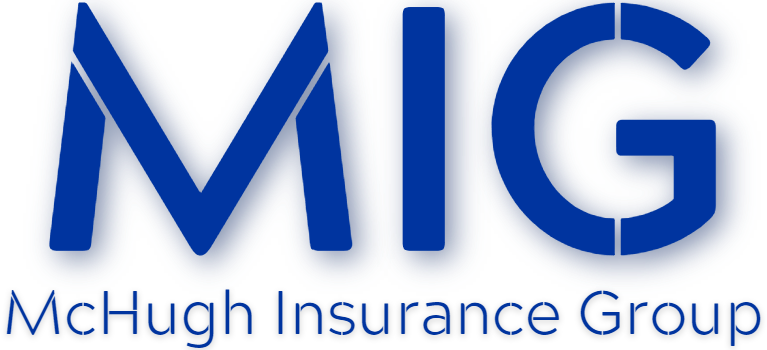Understanding the true cost of risk is crucial for small businesses in industries like construction, retail, auto services, and real estate. When we talk about the total cost of risk, we’re not just talking about the cost of insurance premiums. The price of risk management covers both tangible and speculative risks that can disrupt your business. Here’s a breakdown of what you need to know:
The Four Main Asset Categories
Small business owners must protect four essential areas to minimize the total cost of risk:
- Organization: Your business structure and operational integrity.
- Personnel: Protecting your employees with safety protocols and proper training.
- Property: Safeguarding your physical assets from risks like damage or theft.
- Net Income: Ensuring your income stream remains stable, even in tough times.
Identifying Exposures
To effectively manage risks, it’s important to identify potential hazards:
- Qualitative Exposures: These include more subjective risks, such as how your business reputation would be impacted by product failure or recalls.
- Quantitative Exposures: This covers measurable risks like loss trends, incurred costs per claim, and OSHA-recordable incidents.
Analyzing your company’s history, market position, and competition helps pinpoint risks. For example, a small construction company with a limited cash flow may need a more conservative risk management plan than a well-established auto repair business.
Risk Control Measures
Once exposures are identified, control measures can help reduce risk, especially since around 75% of commercial insurance costs stem from claims. Key strategies include:
- Loss Prevention: Creating safety committees, conducting regular inspections, and training employees.
- Return to Work Programs: Minimizing downtime after an injury by providing modified duties for recovering employees.
Risk Transfer and Financing
Risk transfer is another essential component, especially when you may want to offload certain risks onto third parties through insurance. It’s important to assess how much risk you can absorb versus what needs to be insured. A mix of insurance and non-insurance strategies helps balance the need to protect your business without overspending.
In a field where unexpected shutdowns or accidents can wipe out your business in no time, it’s vital to have a comprehensive risk management plan in place. Need help assessing your risk exposure and implementing strategies? Contact McHugh Insurance Group at 302-299-9199.
